Master off-roading with expert techniques for mud, sand, and rock crawling. This comprehensive guide provides essential tips, vehicle preparation advice, and safety measures for every off-road adventure.
Off-roading is an exhilarating way to explore rugged terrain, push your vehicle to its limits, and connect with nature in remote locations. Whether you’re navigating muddy trails, drifting across sandy dunes, or crawling over rocks, off-roading requires skill, patience, and the right techniques. In this comprehensive guide, we’ll break down the essential tips and strategies for mastering mud, sand, and rock crawling.
Table of Contents
What is Off-roading?
Off-roading refers to the activity of driving a vehicle on unpaved surfaces, such as dirt, mud, rocks, and sand. It has become a popular hobby for outdoor enthusiasts and 4×4 owners, as it allows adventurers to explore landscapes that standard vehicles can’t reach. However, off-roading isn’t just about having a powerful vehicle—it’s about mastering different terrains and knowing how to handle challenging conditions safely.
In this guide, we’ll focus on three common off-road terrains: mud, sand, and rocks. Each type of terrain presents unique challenges and requires specific driving techniques. By learning the fundamentals of these terrains, you can take your off-roading skills to the next level.
1. Off-Roading in Mud: Techniques and Best Practices
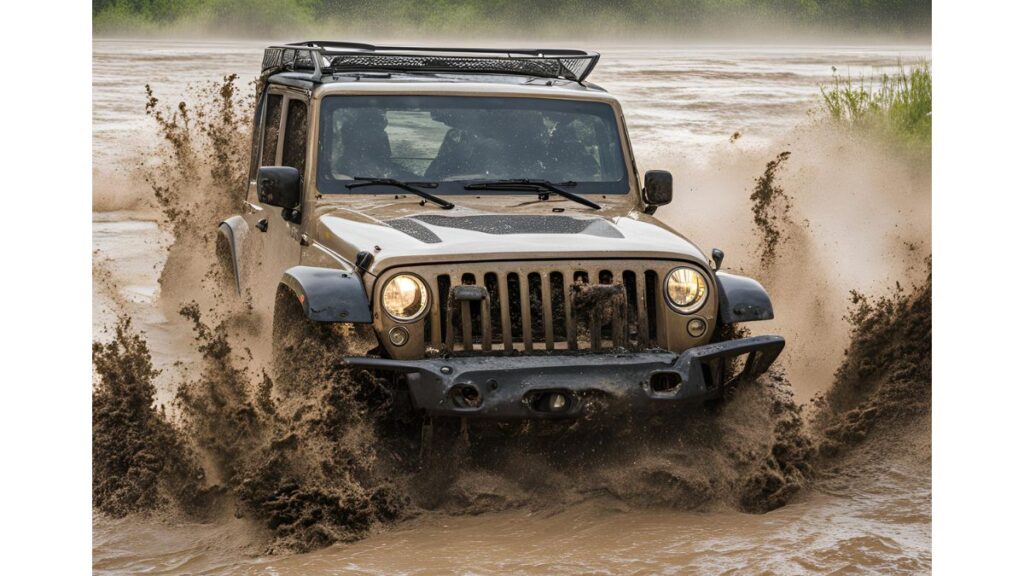
Mud can be one of the trickiest terrains to navigate, as it often leads to reduced traction and the potential for getting stuck. Here’s how to master mud driving.
1.1 Tire Selection for Mud Driving
Tires are the most important factor when driving in mud. You want tires with deep treads, known as mud-terrain tires, which are designed to grip onto the loose, slippery surface. These tires are usually characterized by wide, deep grooves that help channel mud away from the tire and maintain traction.
1.2 Vehicle Preparation for Mud Off-Roading
- Lower Tire Pressure: Reducing your tire pressure by 5-10 PSI helps increase the tire’s surface area, providing more grip in soft mud. However, be cautious not to lower it too much, as this can lead to sidewall damage.
- Engage 4WD: Always engage 4-wheel drive when off-roading in mud. This ensures that power is distributed to all four wheels, improving traction.
- Check Your Approach Angles: Mud pits are often uneven, so assess your entry and exit points to avoid getting stuck at steep angles.
1.3 Driving Techniques for Mud
- Maintain Steady Momentum: The key to driving in mud is to keep a steady pace. Too much speed can cause the tires to spin, while stopping in deep mud can get you stuck. Aim for moderate acceleration.
- Use Low Gears: Low-range gearing helps maintain torque without overwhelming your tires with speed, which is ideal for slow, controlled movement through thick mud.
- Don’t Spin the Wheels: If you lose traction, avoid spinning your wheels. This will only dig you deeper. Instead, gently rock the vehicle back and forth by switching between reverse and drive to regain traction.
1.4 What to Do If You Get Stuck in Mud
- Use Traction Boards: Traction boards can be placed under your tires to give them something to grip. They are especially useful in deep mud.
- Winch or Tow Strap: If you’re severely stuck, using a winch or having a friend pull you out with a tow strap can save the day. Always attach the strap to designated recovery points on your vehicle, never the bumper.
2. Off-Roading in Sand: Techniques and Best Practices
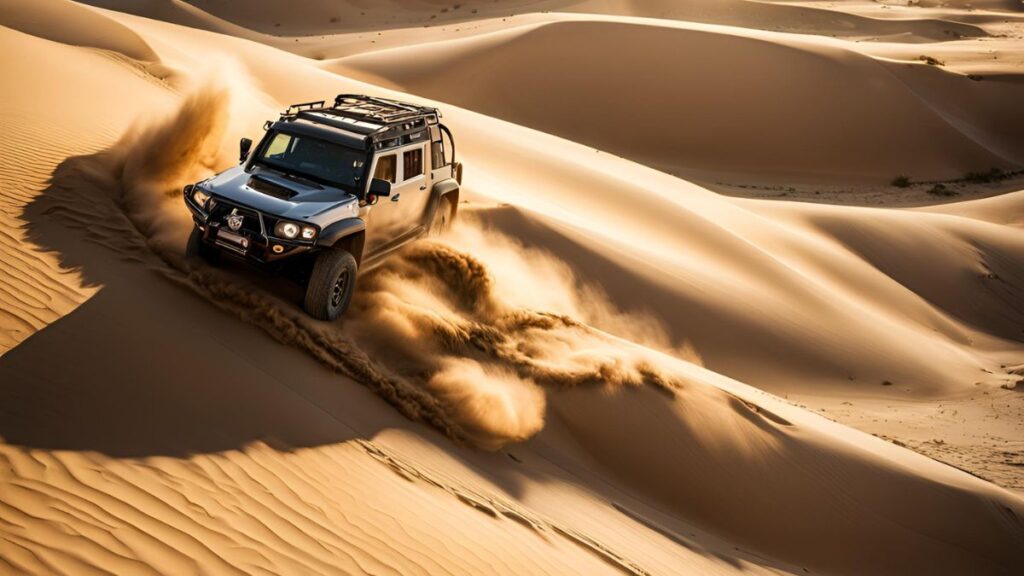
Sand, especially deep and loose dunes, requires a completely different approach from mud. Driving on sand can be fun and challenging, but it also demands a careful balance of speed and control to avoid sinking.
2.1 Tire Selection for Sand Driving
Unlike mud, where aggressive tires are needed, all-terrain tires with less aggressive tread patterns tend to perform better in sand. Large, chunky treads can dig into the sand and get you stuck.
2.2 Vehicle Preparation for Sand Off-Roading
- Lower Tire Pressure: In sand, lowering your tire pressure even more—down to 10-15 PSI—is essential. This creates a larger footprint, helping the vehicle “float” on top of the sand rather than digging in.
- Engage 4WD: Always use 4-wheel drive when driving in sand. The extra traction will keep you moving, especially in deep, soft sand.
- Check Your Vehicle’s Weight Distribution: If your vehicle is carrying a heavy load, distribute the weight evenly to prevent any single wheel from sinking into the sand.
2.3 Driving Techniques for Sand
- Maintain Momentum: When driving on sand, you need to keep a steady speed. Momentum is your best friend in sand—slowing down too much can cause the vehicle to sink.
- Use High Gears: Sand driving is all about maintaining speed, so use higher gears and gentle throttle inputs. Avoid revving too high or shifting abruptly.
- Avoid Sharp Turns: Turning too sharply can cause your vehicle to lose momentum and sink into the sand. Wide, gradual turns are safer and maintain your speed.
2.4 What to Do If You Get Stuck in Sand
- Shovel Your Way Out: If your vehicle becomes bogged down in sand, use a shovel to clear the sand from around the tires. This will help reduce resistance when trying to drive out.
- Rock the Vehicle: Similar to mud, gently rocking the vehicle back and forth can help regain momentum.
- Use Sand Recovery Tracks: Sand tracks or mats provide extra traction to help your vehicle climb out of soft sand. Place them under the wheels, then drive slowly out of the trap.
read more: The Best 4×4 Accessories Every Adventurer Needs in 2024
3. Rock Crawling: Techniques and Best Practices
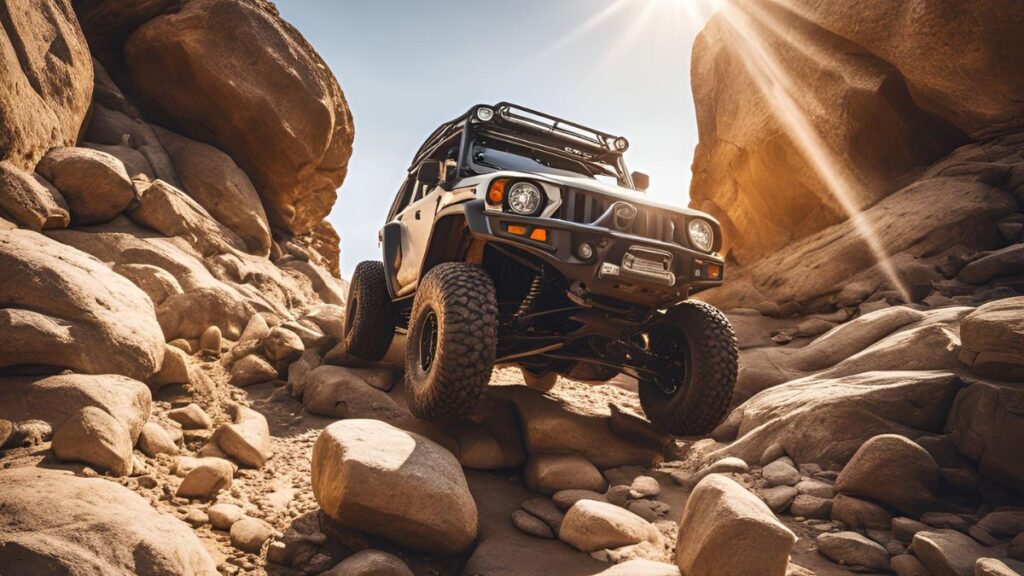
Rock crawling is an advanced form of off-roading that involves maneuvering over large, uneven rock formations. This requires precise control, careful planning, and the right vehicle setup.
3.1 Tire Selection for Rock Crawling
For rock crawling, all-terrain or mud-terrain tires with strong sidewalls and deep treads work best. Tires designed for rock crawling are typically reinforced to handle sharp rocks and punctures.
3.2 Vehicle Preparation for Rock Crawling
- Install Skid Plates: Rocks can cause significant damage to the undercarriage of your vehicle. Skid plates are essential for protecting vital components like the oil pan, transmission, and fuel tank.
- Use Locking Differentials: Locking differentials ensure that power is distributed evenly between the wheels, even if one is off the ground. This is crucial for maintaining traction on uneven surfaces.
- Lift Kits and Suspension: Lifting your vehicle improves ground clearance, which is key for rock crawling. A good suspension system also allows for greater articulation (the ability for wheels to move independently), ensuring that all four tires stay in contact with the ground.
3.3 Driving Techniques for Rock Crawling
- Go Slow and Steady: Rock crawling is all about slow, controlled movement. Speed can lead to bouncing, which increases the likelihood of damage. Keep the vehicle in low-range gearing and use the throttle lightly.
- Pick Your Line Carefully: Planning your route through a rock field is critical. Look for the smoothest path, avoiding large obstacles that could cause undercarriage damage.
- Spotting: Have a friend act as a spotter to guide you through difficult sections. They can watch for tire placement and obstacles that you may not see from the driver’s seat.
- Approach Angles: Rock crawling requires knowledge of your vehicle’s approach, breakover, and departure angles. Always approach obstacles head-on rather than at an angle to reduce the risk of getting high-centered.
3.4 What to Do If You Get Stuck on Rocks
- Use a Winch: A winch can pull you out of a tight spot if you become stuck on rocks. Ensure that you attach the winch to a strong anchor point and follow safety protocols.
- Stack Rocks: If your tires can’t grip onto a surface, stack smaller rocks in front of or behind the tires to create a more gradual incline.
4. Safety Tips for Off-Roading
Off-roading can be dangerous if not done properly. Here are some essential safety tips to keep in mind:
- Travel in Groups: Never off-road alone, especially in remote areas. Always have at least one other vehicle with you in case of an emergency.
- Bring Recovery Gear: Carry essential recovery tools like a winch, tow straps, recovery tracks, and a shovel. These can save you from being stranded.
- Check the Weather: Rain can quickly turn a trail from manageable to treacherous. Always check the forecast before heading out, especially if you’re off-roading in muddy or rocky conditions.
- Use a CB Radio or Satellite Phone: Cell service is often unavailable in remote areas, so a CB radio or satellite phone is crucial for communication.
- Know Your Vehicle’s Limits: Every vehicle has its strengths and weaknesses. Don’t push your vehicle beyond its capabilities, and always drive within your skill level.
Conclusion
Off-roading is an exciting and rewarding hobby, but it requires knowledge, practice, and the right techniques to conquer different terrains like mud, sand, and rocks. By understanding the nuances of each terrain, preparing your vehicle accordingly, and practicing safe driving techniques, you’ll be able to enjoy off-roading while minimizing risks.
Whether you’re splashing through mud pits, cruising over sand dunes, or carefully crawling across rocks, the thrill of off-roading is unparalleled. Equip your adventure with the proper tools, techniques, and a cautious mindset to fully embrace the rugged beauty of nature. With practice, you’ll master the art of navigating through any terrain, making off-roading an exhilarating yet safe experience for you and your passengers.
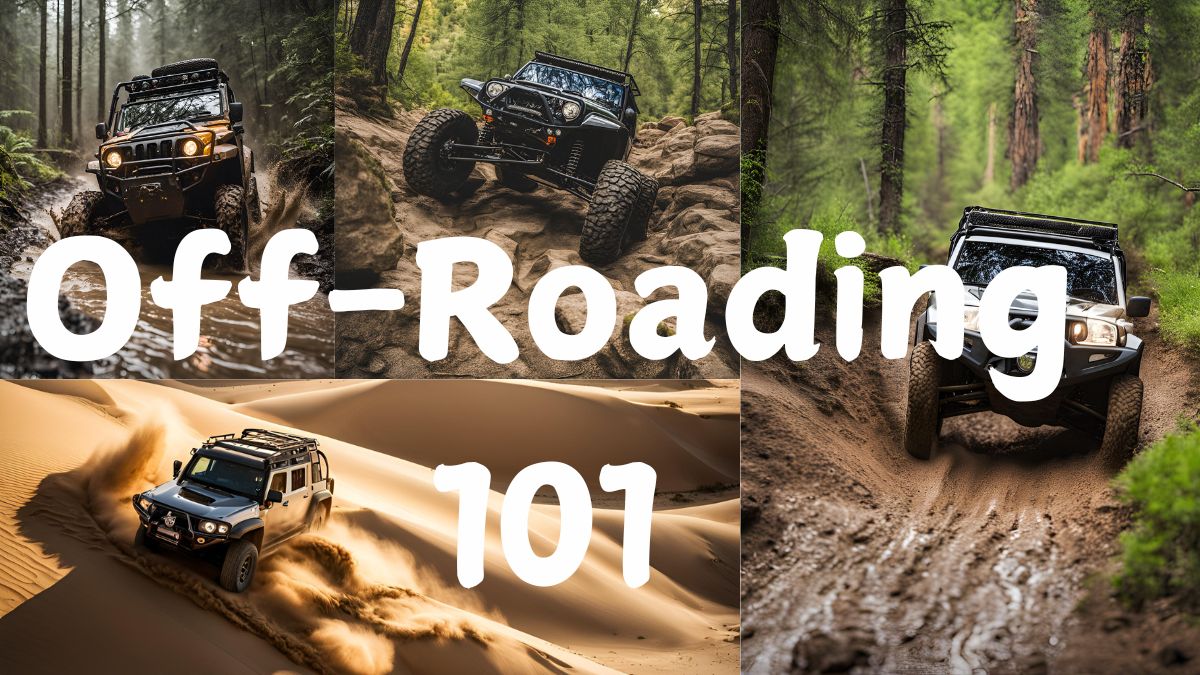




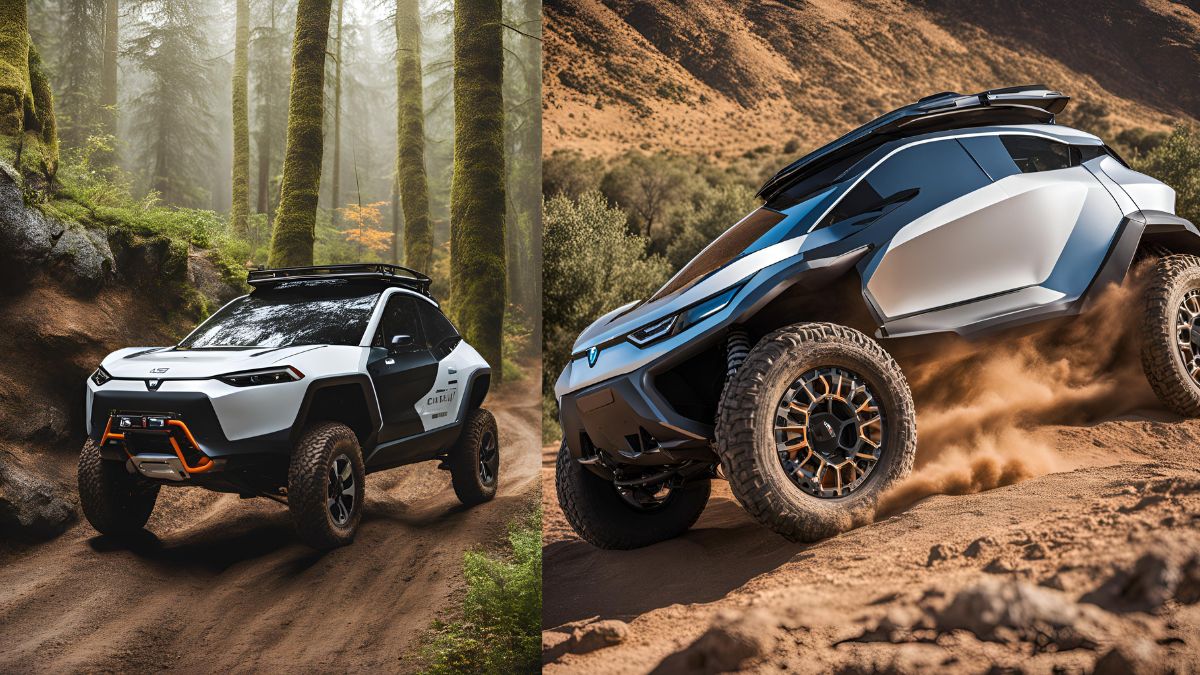
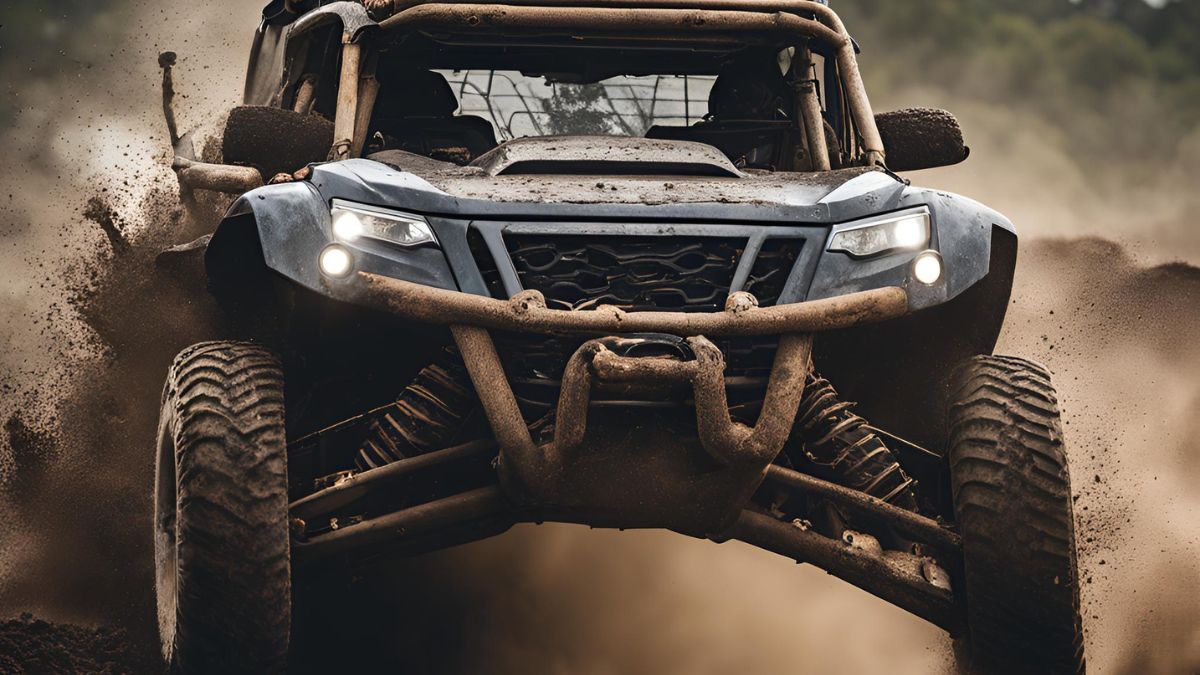

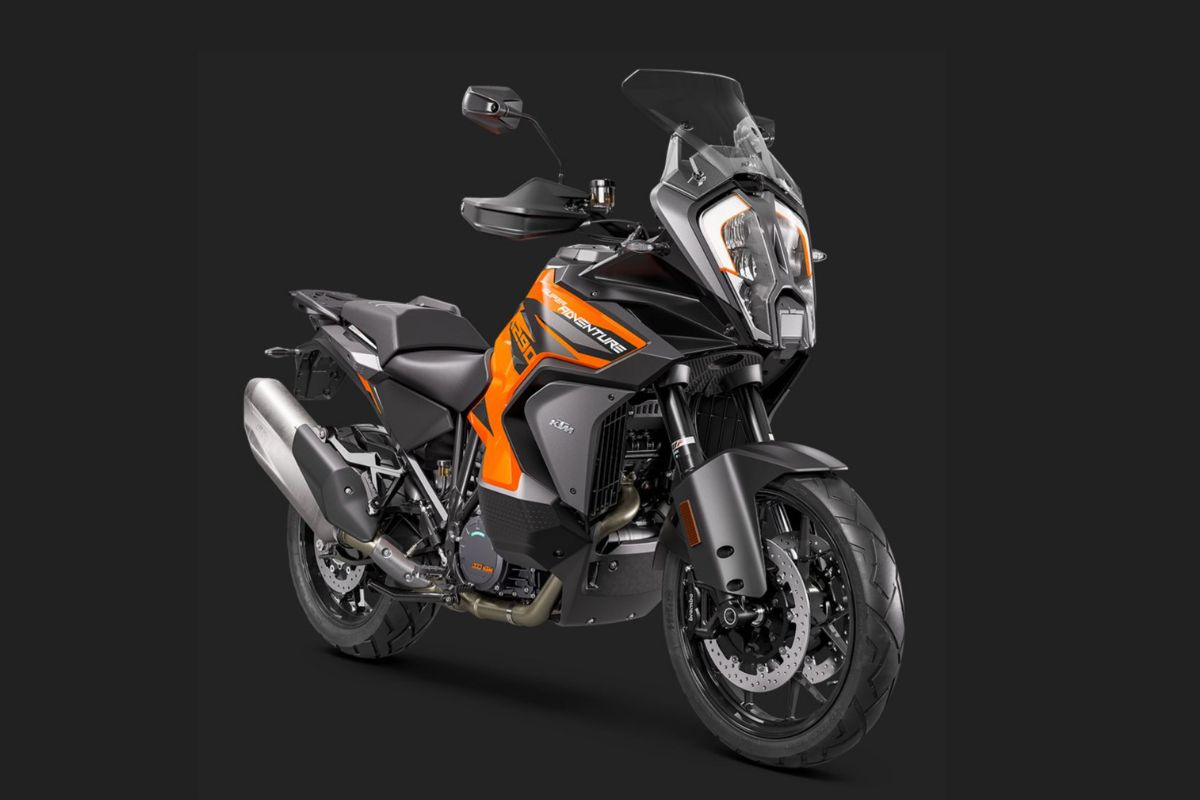





1 thought on “Off-Roading 101: Mastering Techniques for Mud, Sand, and Rock Crawling”